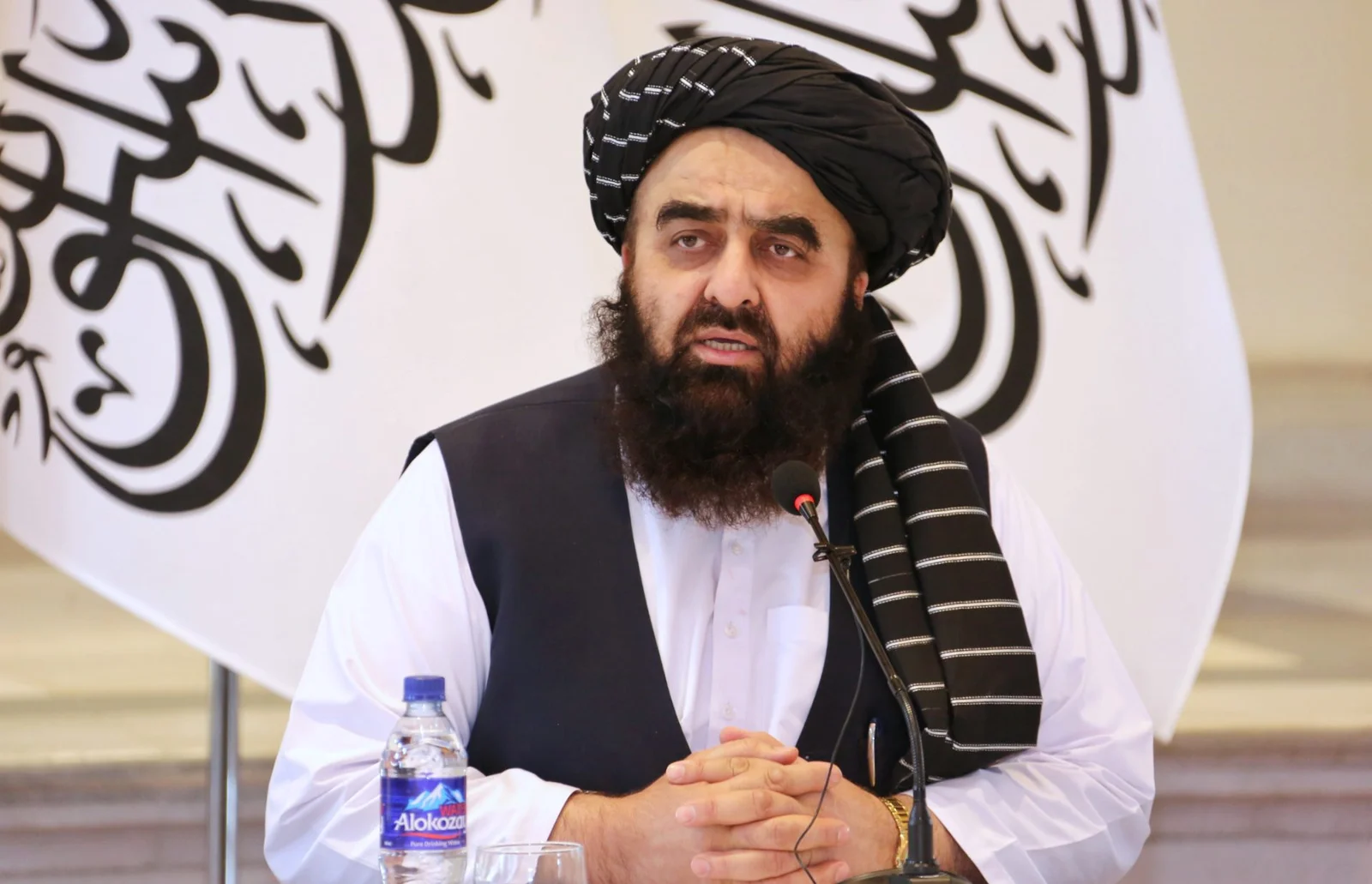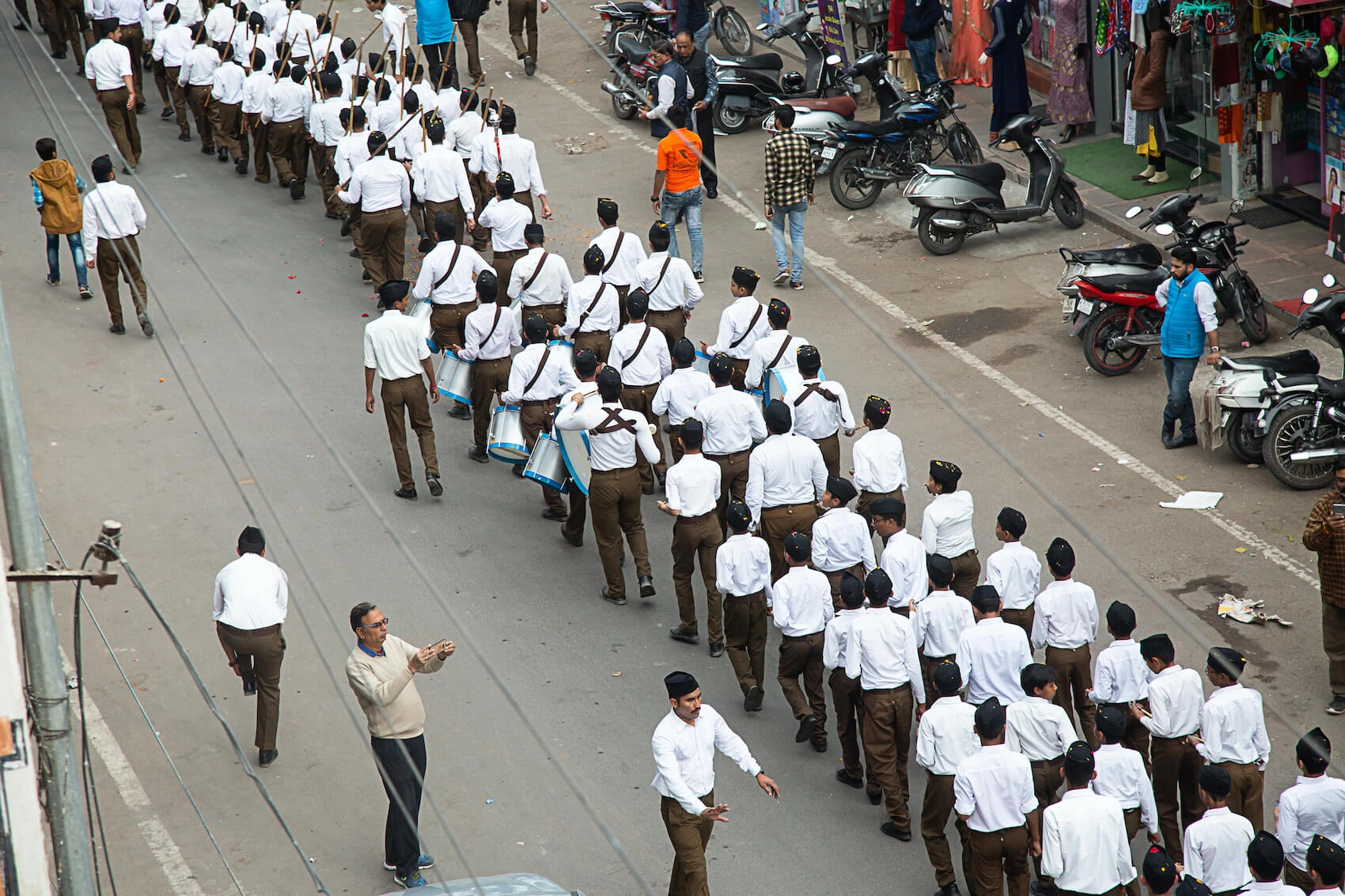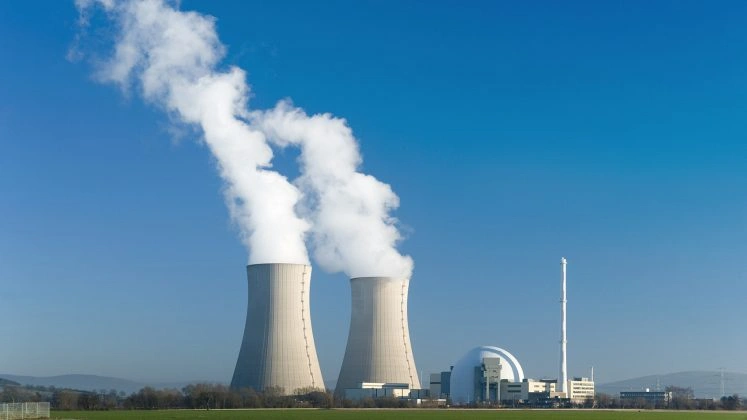India and Afghanistan relations have undergone remarkable transformations, rooted in deep strategic interests that often contrast sharply with Pakistan’s approach to the region. India’s involvement in Afghanistan has largely been the antithesis of Pakistan’s policy, with India seeking influence both as a counterweight to Pakistan and as part of a broader ambition to solidify its footprint in Afghanistan and Iran, creating a ‘double or triple stretch’ strategy aimed at securing its position against Pakistani interests on both western and eastern fronts.
In this context, India’s aspirations go beyond mere geopolitical maneuvering—drawing on its historical and civilizational narratives, India envisions itself as a stabilizing force in South Asia and beyond, echoing the values it associates with its ‘Mahabharata aspirations’ of establishing a dominant, strategic presence across the region.
However, the fall of Kabul to the Taliban in 2021 introduced a period of careful recalibration for New Delhi, as it balanced its longstanding strategic goals with the challenges posed by the new regime. Despite this shift, India’s deeper vision remains intact, with its long-term ambitions still aligning with its broader regional goals—securing its interests through diplomatic and economic engagement while confronting Pakistan’s attempts to dominate the Afghan landscape.
Pre-Taliban: A Strong Partnership with the Afghan Republic
India and Afghanistan relations flourished before the Taliban’s return, with over $3 billion invested in development projects such as the Salma Dam, the Zaranj-Delaram highway, and the Afghan Parliament building, symbolizing its commitment to Afghan stability and prosperity. During this period, India’s strategic approach served as an implicit counterweight to Pakistan’s influence. Indian intelligence agency RAW reportedly maintained consulates near the Pakistan-Afghanistan border, fueling Pakistan’s concerns over encirclement and suspicions that India was using these outposts to counter Pakistani interests and support elements in Afghanistan opposed to Pakistani influence.
Pakistan often viewed this Indian presence as enabling a hostile environment along its border, contributing to rising tensions and sparking accusations of cross-border proxy warfare.
India’s investment in Afghan education, capacity-building, and infrastructure aligned with a vision of a stable, independent Afghanistan, which could counterbalance regional dynamics and provide connectivity to Central Asia. This period also coincided with high levels of Indo-Afghan cooperation during the Ghani administration, which was openly supportive of Indian assistance. Notably, former Afghan defense officials engaged actively with Indian media, while avoiding Pakistani outlets, a trend that has continued under the Taliban. This dynamic has only reinforced Islamabad’s perception that India’s approach in Afghanistan is adversarial, focusing on encirclement rather than genuine development.
Post-Taliban: Cautious Engagement with Emphasis on Humanitarian Aid
With the Taliban’s takeover, India recalibrated its approach, adopting a cautious yet persistent engagement strategy. Though New Delhi has not extended formal recognition to the Taliban, it has maintained its involvement through humanitarian aid, sending 50,000 metric tons of wheat and medical supplies amid Afghanistan’s ongoing economic and humanitarian crisis. India’s diplomatic outreach has also evolved, with notable instances like J.P. Singh’s visits to Kabul, where he met with Taliban officials, including acting Defense Minister Mohammad Yaqoob, acting Foreign Minister Amir Khan Muttaqi and former Afghan President Hamid Karzai. These meetings, which were publicised in Indian media, signal India’s intent to maintain a foothold in Afghanistan’s political sphere, even as it navigates the limitations imposed by non-recognition.
The open interactions between Indian diplomats and the Afghan Ministry of Defense, which gained attention for its selective media appearances, underline a growing rapport that raises concerns in Islamabad. Many Afghan analysts speculate that Acting Defense Minister Mohammad Yaqoob is “warming up” to India. Since his first interview on an Indian news channel — while reportedly declining requests from Pakistani media — Yaqoob’s military diplomacy has come under scrutiny, reflecting shifts that echo patterns from past Afghan administrations.
Also See: India and Afghanistan: The Windows of Opportunity
Impact of Trump’s 2024 Election Win
The recent high-level meeting between India’s J.P. Singh and Taliban officials signals a recalibration in India-Afghanistan relations, especially following Donald Trump’s 2024 U.S. presidential win.
Afghanistan had figured prominently in Trump’s campaign, with repeated critiques of the U.S. military withdrawal, the abandoned Bagram Air Base, and the weapons left behind. Trump’s campaign promise to “reclaim Bagram” to keep an eye on China hints at potential renewed U.S. involvement in the region, a stance that could place Afghanistan’s interim government in a tight spot amid increasing Chinese footprint within Afghanistan.
A more assertive U.S. approach to Afghanistan under Trump could drive new opportunities for India to strengthen its role in Afghan stability, particularly if Pakistan’s relations with the U.S. remain strained. Cold interactions between the Taliban and Pakistan, partly driven by disagreements over the Tehrik-i-Taliban Pakistan (TTP), may also create further openings for India to position itself as a reliable partner for the Afghan government, should Trump’s administration seek support for a regional counterbalance to Russian and Chinese influence.
However, Trump’s “America First” policy suggests that India may need to pursue its Afghan strategy independently, without relying on a cohesive NATO front. This could mean India will focus on limited yet impactful engagement with the Taliban, aiming to secure a role as a stabilizing force while being mindful of potential fallout with Islamabad, which continues to grapple with increased terrorism along the Pak-Afghan border. As Afghanistan grapples with cross-border attacks reminiscent of the violence seen during the Ghani era, Islamabad remains wary of Indian influence in Kabul, a concern only exacerbated by recent reports of a revived Research and Analysis Wing (RAW) presence near its borders in an effort to use a third country as a launchpad against Pakistan.
Having said that, Trump’s Indo-Pacific vision, which has been interpreted as a counterweight to Chinese and Russian influence, may position India as a partner in Trump’s America First plans, leveraging its growing ties in Afghanistan. However, India will likely pursue an independent, calibrated approach, bearing in mind the lessons from history: alliances formed for regional influence often have a fleeting impact, and the durability of relationships in Afghanistan can be as volatile as the political landscape itself.
Historical Parallels: Proxies and Patterns
Notably India’s current stance in Afghanistan echoes patterns from previous Afghan regimes, where Indo-Afghan cooperation appeared focused on strategic encirclement and counter-proxy dynamics.
Pakistan recalls these historical precedents from the 1950s through the early 2000s, wherein Afghan administrations, with their intelligence agencies KHAD and later NDS, seemed to leverage ethnic nationalism and terrorist groups to challenge Pakistan. This continuity in Afghan policy, now extending to the General Directorate of Intelligence (GDI) under the Taliban, represents a familiar geopolitical story: proxies leveraged against Pakistan, with Indian involvement reinforcing these dynamics. Whether this chapter will diverge from historical outcomes remains uncertain, yet the lessons of the past suggest a predictable cycle.
A Crossroads: Future Pathways
With the U.S. withdrawal from Afghanistan, there is minimal chance of a return to previous military commitments. Although some speculate that Trump might pressurize the Taliban regarding terrorist activities to fit into a revived Indo-Pacific policy, the future remains open. Some suggest the Taliban may seek to negotiate a new understanding with the U.S. on this front, while others anticipate a return to a more traditional, regional counterterrorism focus rather than extensive institution-building.
Notably, the end of America’s direct military presence in Afghanistan has left a fractured terrain of interests, where both India and Pakistan view their stakes with calculated approaches.
India’s cautious yet persistent strategy seeking a footprint in Afghanistan suggests a long-term. For Pakistan, these shifting dynamics call for careful, forward-looking diplomacy that acknowledges Afghanistan’s internal complexities while prioritizing stability along its own border.
History reminds us of the recurrent themes—whether KHAD, NDS, or the present GDI, the players in Afghan intelligence have often shifted allegiances. While the proxies in Afghanistan have historically sought to destabilize their neighbors, will this chapter end differently? Will Pakistan find renewed avenues for cooperation with Afghanistan to curb extremist threats? And will India’s engagement with the Taliban open pathways for Afghan stability, or will both countries witness the repeated patterns of the past?
In the evolving geopolitical mosaic, India and Pakistan’s actions reflect contrasting, but increasingly pragmatic diplomacy that seeks to balance regional interests. Both aim to safeguard their respective investments and security concerns in Afghanistan, though they differ fundamentally in approach. As history has often shown, diplomatic successes and failures hinge on an awareness of shifting narratives and the lessons they offer.
Whether Pakistan can cultivate a secure Afghan relationship or whether it sees India’s ‘anti-thesis’ policy as a sustainable challenge remains to be seen. Whether the Taliban will revise the Doha Agreement or if the U.S. will assert pressure under Trump’s renewed term are open questions, but for both India and Pakistan, these dynamics demand vigilance and a careful balance between influence and security interests. The final chapter of this Indo-Afghan-Pakistani engagement may well be shaped by the very lessons history continues to offer for those who heed them.

![India and Afghanistan relations are shifting—find out what’s coming next for India’s strategy, which has always been the antithesis of Pakistan’s approach in the region. [Via Press Trust of India]](https://southasiatimes.org/wp-content/uploads/2024/11/Afghan-3col1.webp)




